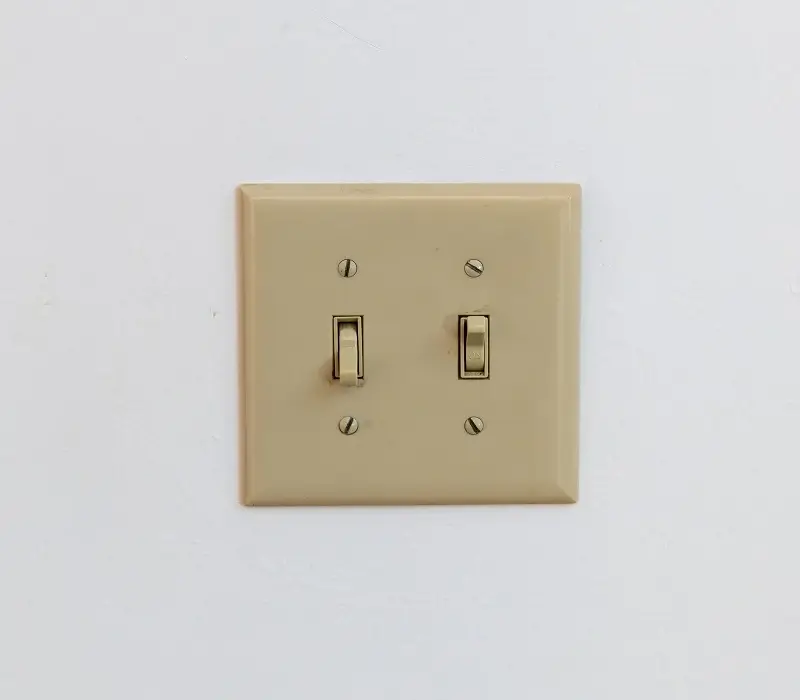Keeping your vacuum in top condition means regularly cleaning and maintaining all of its parts, including the hose.
In this article, we will discuss the importance of keeping your vacuum hose clean and provide instructions on how to do it properly.
Whether you’re a first-time vacuum cleaner owner or just want to clean it, this guide will help you keep your vacuum running at its best. Now we will discuss how to clean vacuum hose.

What is a vacuum hose?
It is an essential component of a vacuum. It is the tube that connects it to the various attachments, such as the nozzle and brush head.
The hose is responsible for carrying dirt and debris from the surface being cleaned to the vacuum cleaner’s dust container.
Over time, the hose can become clogged with dust, dirt, and debris, which can affect the vacuum’s performance.
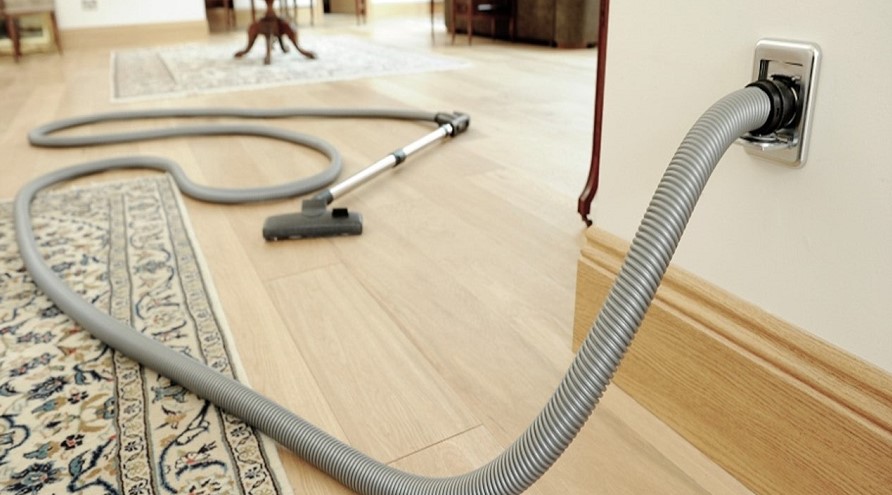
Signs that your vacuum hose is clogged
It is necessary to check your vacuum cleaner hose periodically to make sure it needs to be cleaned or replaced in case of a clog, crack, or air leak.
One of the most obvious signs that it is clogged is a decrease in suction power.
If the vacuum blowing dust and is not able to pick up debris as easily as it normally does, it is likely that the hose is clogged.
A clogged vacuum hose can greatly reduce the effectiveness of vacuum cleaners and make it difficult to clean floors and carpets.
Knowing the signs of a clogged hose and regularly cleansing the entire hose can help ensure that it is operating at peak performance.

Why you should clean a vacuum hose
Cleaning is an important step in maintaining the overall health and effectiveness of your vacuum.
Here are a few reasons why you should make sure to clean it on a regular basis:
- Improve suction power
When the hose is clogged with dust and debris, the strength of the vacuum will be diminished.
By cleansing the hose, you can restore the full strength of the machine and make it more effective at vacuuming.
- Increase the longevity of the vacuum
A dirty hose can cause damage to the machine over time. Debris can become lodged in the hose and create obstructions that can damage the internal components of the vacuum.
Cleaning the hose regularly can help to prolong the lifespan of your machine.
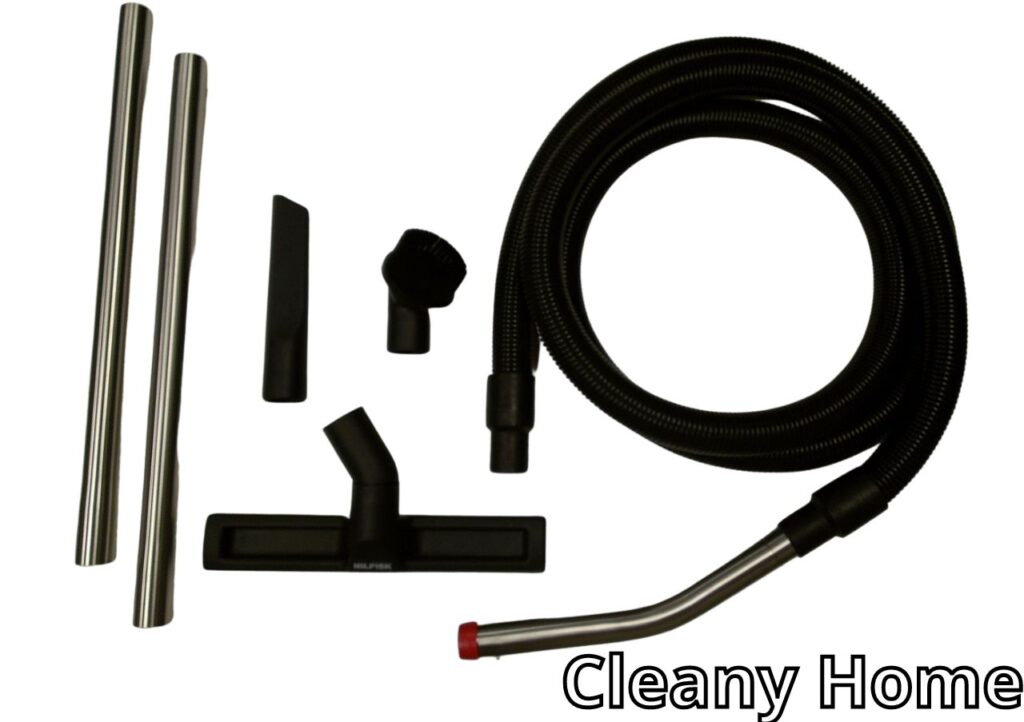
- Improve indoor air quality
It can release dust and debris back into the air, which can be harmful to those with allergies or respiratory problems.
Cleaning the hose regularly can help to improve the air quality in your home and make it a healthier environment for you and your family.
- Make cleaning more efficient
When the hose is clogged, it takes more time and effort to clean your home. When the hose is clean and free of debris, the machine can work more efficiently, which saves time and energy.

What do you need?
To clean a vacuum hose, you will need a few key tools and materials. These include:
- A vacuum cleaner
- A pair of scissors or a utility knife
- A brush (such as a stiff-bristled brush or a bottle-cleaning brush)
- A bucket or container to catch debris
- A detergent (such as warm water and dish soap or baking soda)
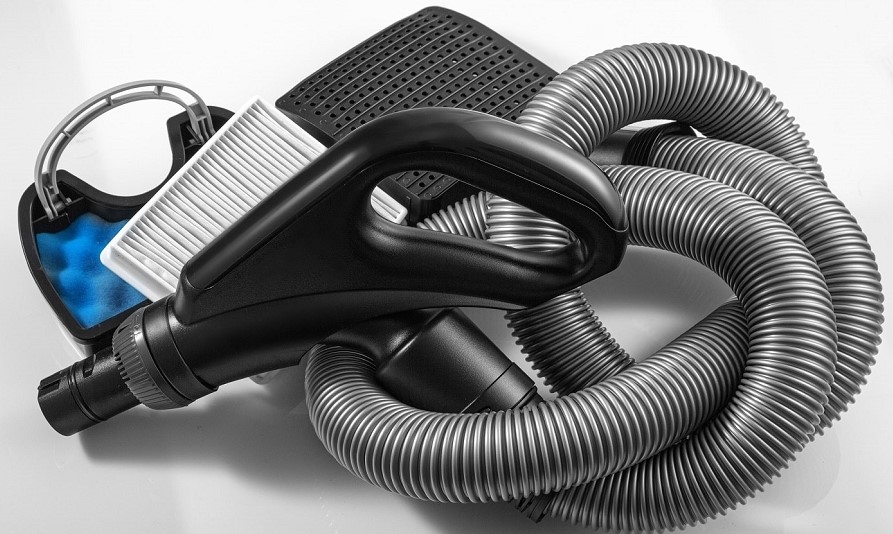
How to clean vacuum hose?
Several methods can be used to clean a hose, including using a brush, water, and a cleaning solution.
Use a brush
A method is to use a brush to dislodge any debris or buildup inside the hose.
A bottle cleaning brush is just the right size since it can be inserted into the hose and moved back and forth to loosen any debris.
These brush’s bristles may be exactly what you need to remove lingering and awkward dirt.
This method can be especially effective for removing hair or other debris that may have become tangled inside the hose.
Use water
You can use water to flush out any loose dirt or buildup inside the vacuum cleaner hose.
This can be done by running water through the hose and using a brush to move any debris out of the hose.
Keep the vacuum hose dry by hanging it on the shower curtain rod or giving it a shake to remove excess water.
Use a cleaning solution
This method can be especially effective for removing tough stains or buildups that cannot be removed with water or a brush.
You can use a damp cloth to clean the excess dirt from a hose with the solution of hot water and baking soda, or half a cup of dish soap or distilled white vinegar.
However, it’s important to make sure that the cleaning solution is safe for use with the material of the vacuum hose because harsh chemicals might affect the vacuum’s materials.
Note
To deep clean, the tougher blockages try using a mixture of warm water and a few drops of white vinegar to clean the hose.
A mixture of water and white vinegar will help dissolve any debris or buildup inside the hose due to the acidity in the vinegar. Make sure to thoroughly rinse the hose with clean water after cleaning to remove any remaining residue.
You can kill bacteria in the hose by mixing half a cup of baking soda with warm water. When mixed with water, baking soda can create a paste that can be used to scrub surfaces, which can help to remove bacteria, dirt, and other debris.

Prevention measurements
One effective way to prevent clogs is to regularly empty the vacuum cleaner’s dustbin or replace the bag. This will help prevent debris from building up in the hose and causing clogs.
Another prevention measure is to avoid using it on large pieces of debris that can easily get lodged in the hose.
If you are vacuuming up large debris, it is a good idea to use a larger vacuum cleaner hose or use a smaller hose that is specifically designed for this purpose.
In cases where you have pets in your home, it’s a good idea to use vacuum cleaners that have special tools to help remove pet hair and dander from the hose.

Tips and tricks to clean a vacuum hose
Before you begin, make sure that the vacuum is unplugged and the hose is detached from the main unit. This will prevent any accidental turn-on while cleaning the hose.
Once the hose is clean, you can use a clean cloth to make it dry completely, making sure that no moisture is left inside the hose.
To prevent blockages from occurring in the future, make sure to use your vacuum cleaner regularly, and keep an eye on the vacuum hose for any signs of blockages or damage.
If you notice any problems, take care of them as soon as possible.
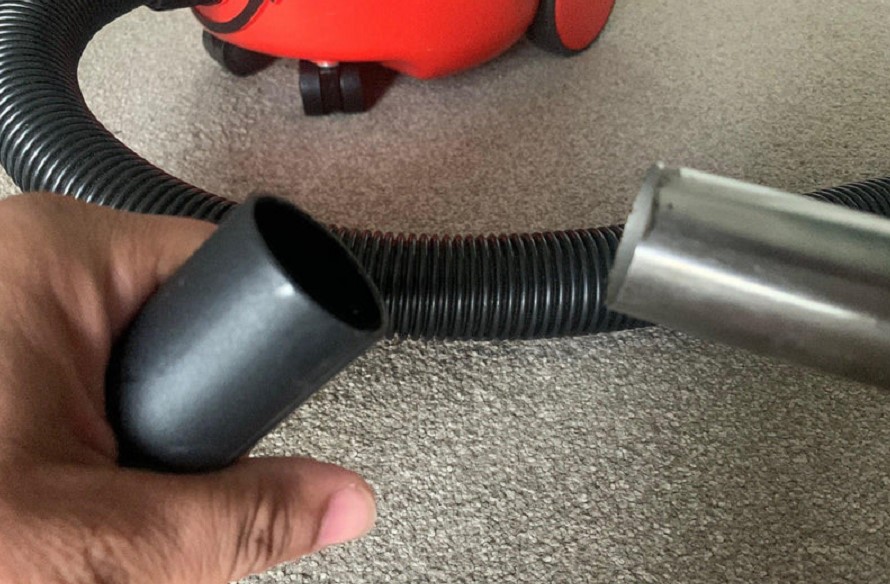
FAQ
How do you get hairballs out of a vacuum hose?
To remove hairballs from a vacuum hose, you can use a pair of scissors or tweezers to cut them into smaller pieces and then use a hose brush or a long-handled brush to remove the debris.
How do I clean my Shark vacuum hose?
To clean a Shark vacuum hose, disconnect it from the vacuum, use a brush or a long-handled brush to remove debris, and then use warm soapy water to clean the hose. Rinse the hose with clean water and dry it before reattaching it to the vacuum.
How do you get the smell out of a vacuum hose?
One way to get the smell out of a vacuum hose is to sprinkle baking soda inside the hose, let it sit for a few hours, and then vacuum it out. Alternatively, you can use a mixture of vinegar and water to clean the inside of the hose.
How long to soak hose in vinegar?
To soak a vacuum hose in vinegar, you should leave it submerged for about 30 minutes to 1 hour. After soaking, rinse the hose with water and allow it to air dry thoroughly before using it again.
Conclusion
In conclusion, cleaning a vacuum hose is a crucial step in maintaining the overall performance of the vacuum cleaner.
There are several methods for cleaning a vacuum hose, including using a brush, compressed air, or even a solution of water mild detergent such as dish soap or baking soda.
The key is to choose a method that works best for your vacuum hose and your personal preferences.
Cleaning a vacuum hose is a simple yet important task that can be done in a short amount of time, but the benefits are well worth the effort.
With the proper maintenance, your vacuum can continue to work at its best for years to come.
We're an affiliate
We hope you love the products we recommend! Just so you know, CleanyHome.com is a participant in the Amazon Services LLC Associates Program, an affiliate advertising program designed to provide a means for sites to earn advertising fees by linking to Amazon.com.

![How to Get Rid of Spiders in the Basement [9 Effective Tips]](https://supercleanworldall.com/wp-content/uploads/2021/07/depositphotos_125531742-stock-illustration-the-pattern-with-spiders.jpg)
